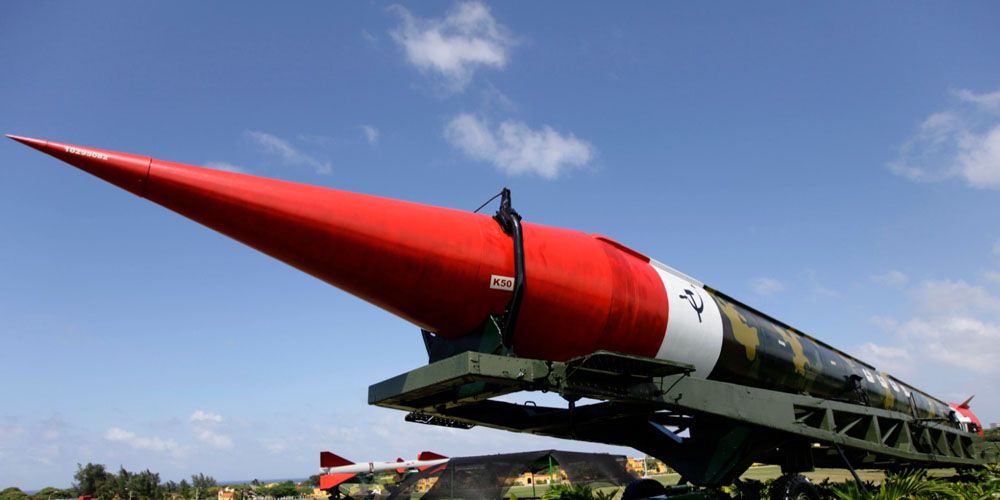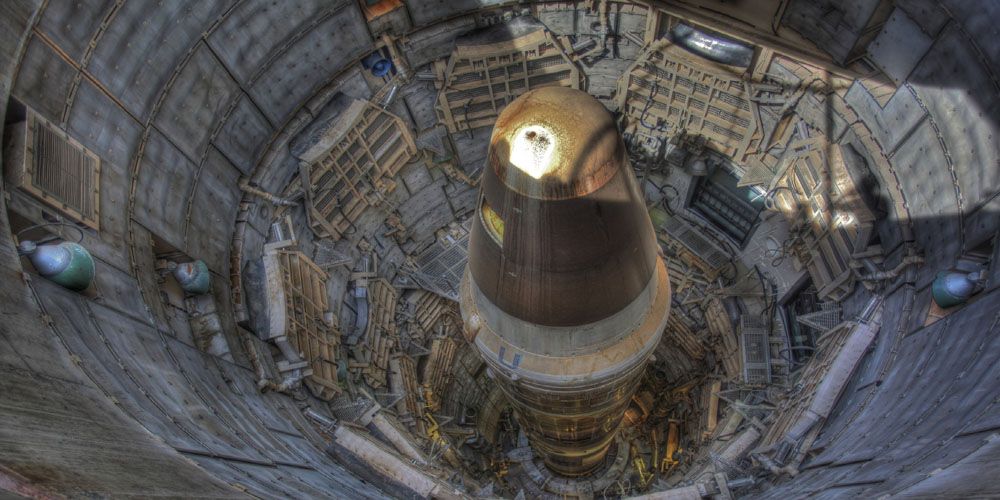Why Is It Almost Impossible To Intercept A Nuclear Missile?
Bharatwa Editor
. 2 min read
Since the advent of nuclear missiles, lots of countries have been getting some for themselves as a means of defense against enemy countries. Testing these nuclear missiles always reignites interests and debate on the feasibility of nuclear missile defense systems.
It is necessary to note that countries like the United States have formidable missile defense systems to intercept enemy missiles. Programs designed to stop these missiles are expensive; it is due to the fact that intercepting objects from space can be really difficult.
How do Nuclear Missiles Operate?
Defense systems against nuclear missiles have networks to track radars and interceptor launchers. When a defense system detects the launch of a nuclear missile, the radars track the missile trajectory, fire an interceptor to intercept it, and prepare more interceptors to intercept other missiles if the first one misses. This tactic is called “Shoot-look-shoot”, where the defense body simply shoots lots of interceptors hoping to kill.
Also Read:
1. Imagining World War III Scenario Amidst Rising & Established Superpowers
2. Impact of China’s Aggression – America to Recalibrate Defence Alliances
Furthermore, modern defense systems use interceptor missiles; these interceptor missiles carry “kinetic kill vehicles”. These defense machines are non-explosive but specially designed to destroy incoming missiles by crashing into them. The systems are designed to work perfectly and none of them can operate without the other. Nuclear missiles are also incorporated to work in a way that it can intercept enemy missiles during its flight path.

There are ground-based sensors that are limited by the curvature of the earth and this is what makes drone and satellite-based infrared sensors appealing to complement the Pentagon’s network of missile warning sensors.
Also Read:
1. SpaceX Tests 27 Engined Gigantic Rocket First Time!
2. ESA Selects 2 Small CubeSats for Study of Lunar Darkness
Using the United States missile an example, the midcourse missile defense system in operation is the Ground-Based Midcourse Defense system that is based in Alaska and California, and the SM-3 Block II missile interceptor aboard the U.S. Also, taking a look at North Korea, this country has recently launched a nuclear missile attack and the first one was the THAAD (Terminal High Altitude Area Defense) in which the US has deployed in South Korea.
This missile (THAAD) is designed to shoot down nuclear missiles that have been launched into space. The second is a relevant system which is called the Patriot PAC 3 – it is designed to provide late terminal interception after the strike has re-entered the atmosphere.

What all these systems have in common is that they are missile defense systems, designed to provide protection against short, medium, and intermediate-range nuclear missiles.
Intercontinental nuclear missiles such as the one tested by North Korea recently flies too high and fast for these defense systems to engage with. Nuclear missiles such as the Aegis was used to shoot down a malfunctioning spy satellite in 2008 – although, it has never been used against a real nuclear missile target. The only system that can shoot down an intercontinental missile is the GMD (Ground-based Midcourse Defense).
More Stories from
15 Pakistani Movies That Will Make you Forget Bollywood
We have compiled the ultimate list of top 15 Pakistani movies that you shouldn't miss, these left a greater social impact.
Film Mafia, Fueling the Fire and Enraging Masses
Film Mafia of Bollywood is Fictionalizing history, Rubbishing Religion, Promoting Anti-National Spirit, Mocking Hindu Gods, Award Wapsi and Intolerance drive
How did India respond to Donald Trump's 25% tariff penalty on India?
Trade tensions between the United States and India have sharply increased as a result of this recent development. Know how India responds to Donald Trump's 25% tariff penalty on India.
Geoffrey Hinton's AI Warning: The Most Dangerous Invention Ever
AI is both beneficial and dangerous, depending on how it is developed, deployed, and regulated.
Unbelievable Facts about World History that will surprise you
Human history and the natural world are filled with mysteries, marvels, and strange truths that challenge our understanding. In this article, we will explore some unbelievable facts about world history.





